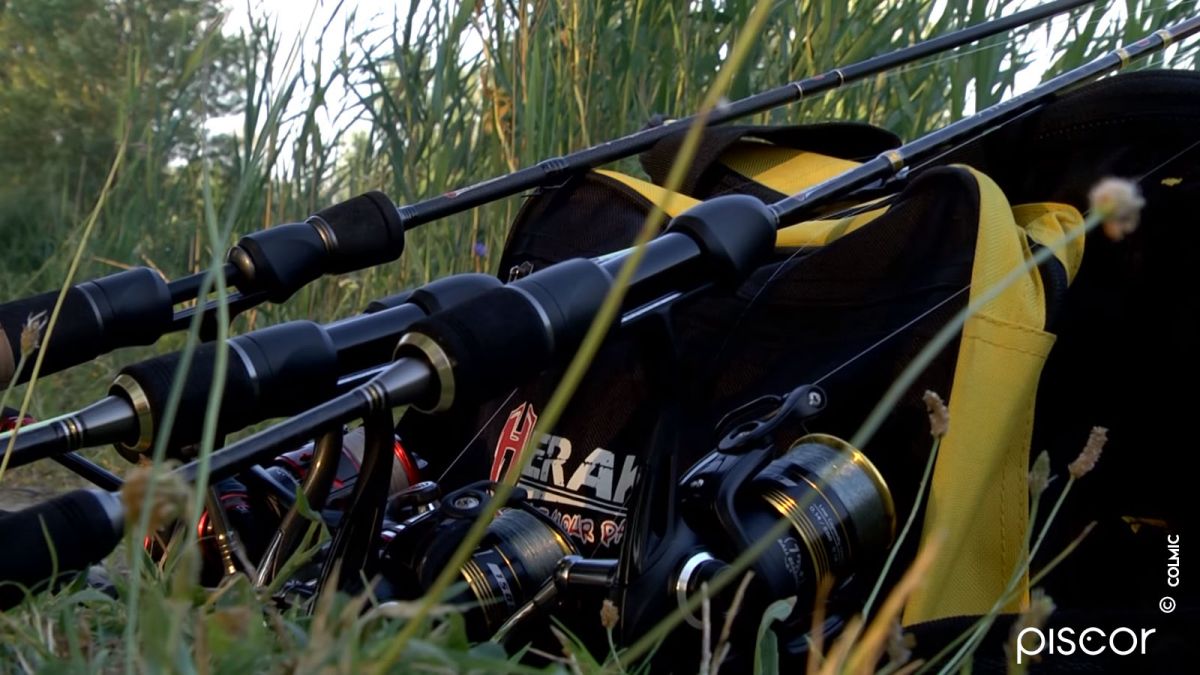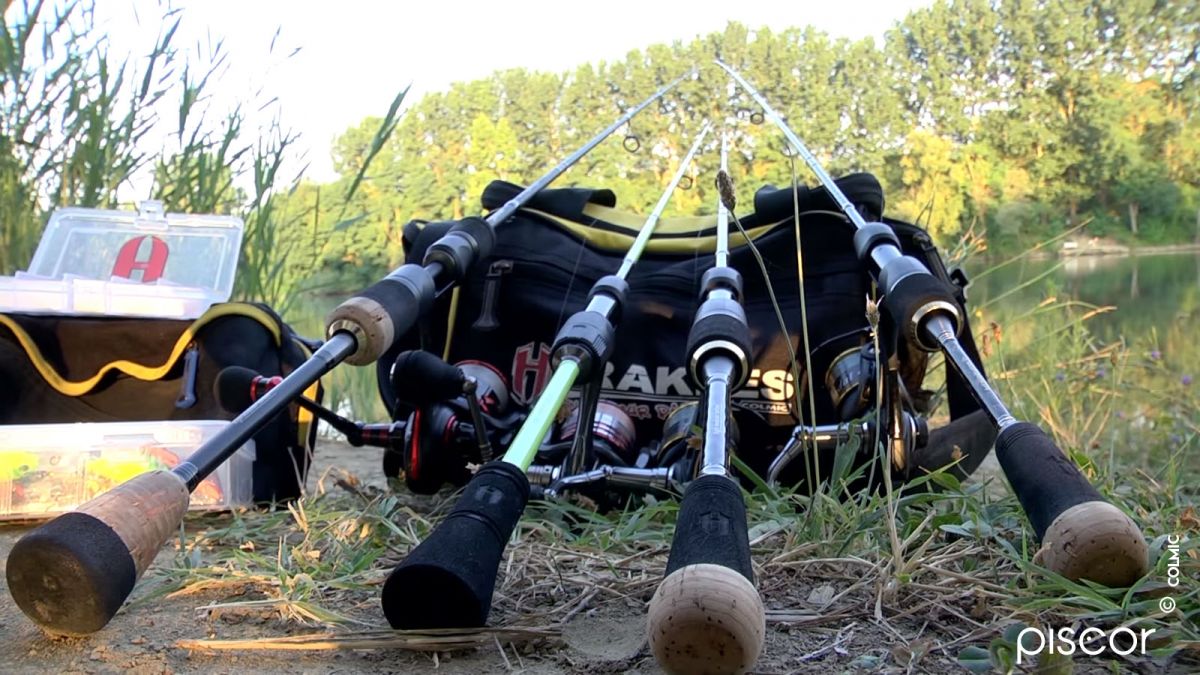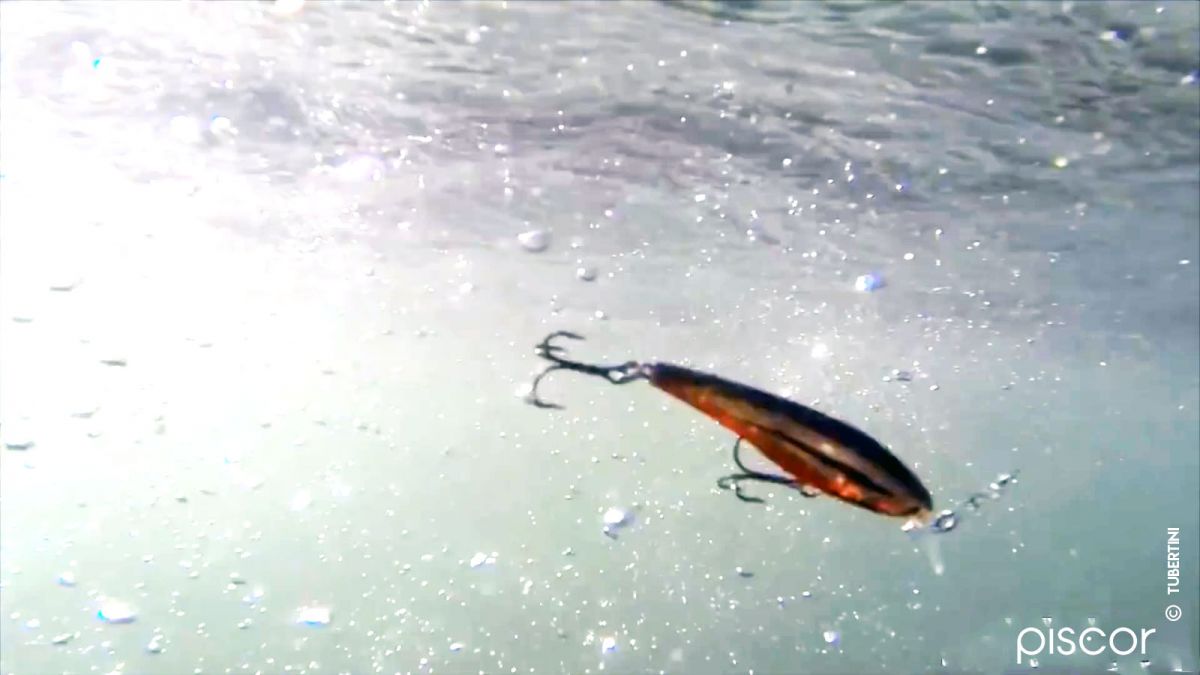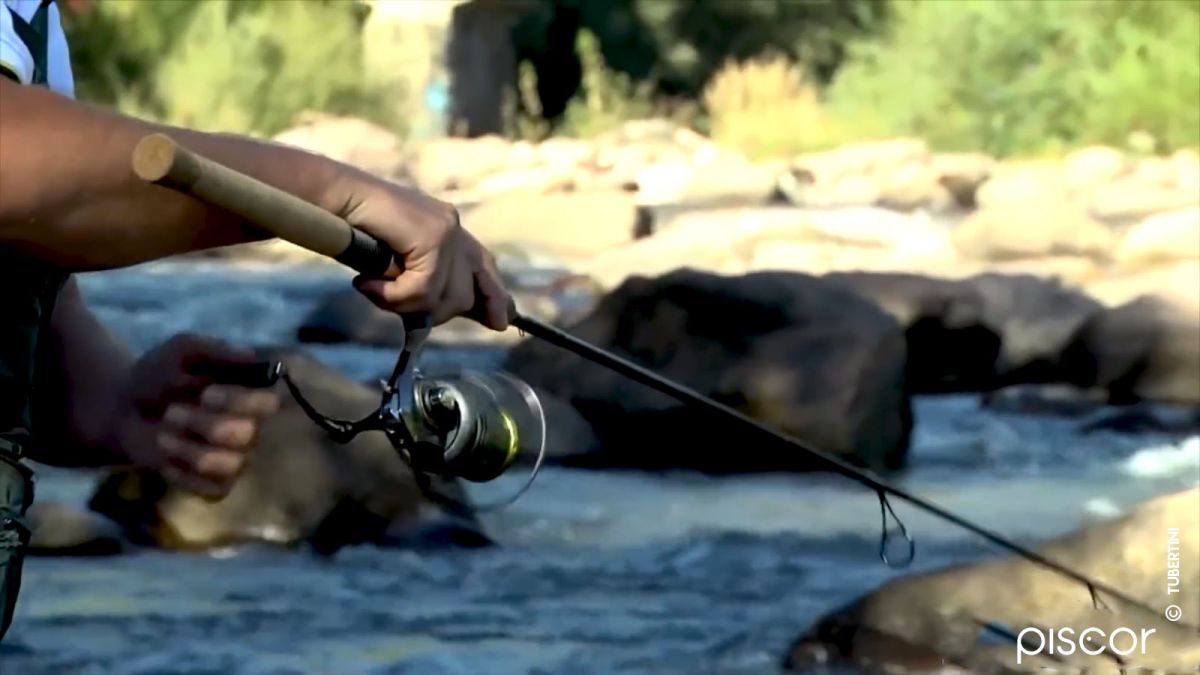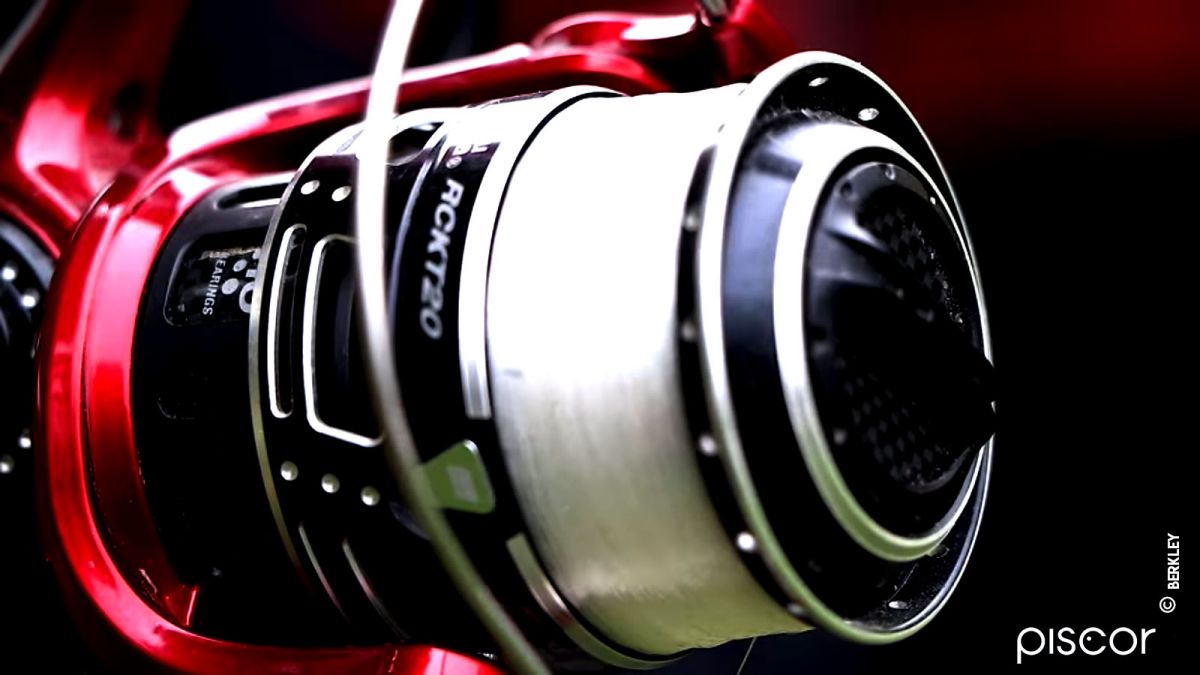After discussing about the approach to spinning fishing in stream let’s now start to view what you need to practice this technique.
Let’s start from rods and from what features a spinning rod must have and let’s see how we can move towards the purchasing of these specific products.
It’s difficult to summarize and extremely standardize the issue about stream fishing spinning rods, both for the high variability of the characteristics of the environment where this technique is practiced, and for the high subjectivity of choice linked to personal needs and preferences.
These types of rods are extremely lightweight compared with their “power” , considering the need to transport them for long stretches passing through impervious areas and rich in vegetation, and for the use characterized by numerous casts and recoveries.
The wide range of stream fishing spinning rod includes lengths from 1,5 m up to a maximum of 2,7 m.
Comprehensibly the first ones are dedicated to fishing in small mountain streams in reduced spaces while the second ones are for fishing in river valleys, in which streams start to assume fluvial characteristics and you have to deal with large spaces, strong currents and fishes of important sizes.
Between these 2 systems there’s a myriad of rods of all lengths, even if the more used are those between 1,8 and 2,1 m.
This because the most popular stretches in which anglers frequently go to has such characteristics to allow to head out with more versatile tools both for the cast and for the managing of different types of baits.
To clarify this, in small rivers will be mainly used small spinner, small minnow and some rubbers, while in river valleys will be exclusively used big minnows, big spinners and rubbers prepared on jig heads.
In both situations you need specific tool to manage few different types of baits while in intermediate areas it is possible to find “mixed” conditions of stretches with weak currents alternated with big holes or speed flat spaces with strong currents.
In all of these cases will be more useful to have a more versatile rod able to manage just fine different typologies of baits, presentations and casting weights.
Obviously each angler will choose the rod that best suits his need and that will allow him to practice spinnin technique in streams of his areas.
This subjectivity in the choice is obviously even more pronounced with regard to the action of the rod.
Among the various spinning models you’ll find all the actions that a fishing rod can have.
Each bait requires an action dedicated , and is for this reason that a “philosopher’s rod” do not exist, even if the companies in the sector offers extremely versatile tools and excellent in combination with a large quantity of lures.
Apart from personal preferences we can say that a tip action is more appropriate for fishing with rubber while a slower action is better while you’re using rigid baits to present with fast recoveries.
The most popular rods have a moderate fast action, that is intermediate, and represents an excellent compromise between casting precision, managing of different categories and (grammages )of baits and of the hooked fish.
As a matter of interest we can also say that the classic American steelhead and salmon rods have a remarkably parabolic action, but with a lot of power reserve on the final part of the butt, make them enjoyable and useful tools able to manage hard fighting and powerful fishes.
After length and action let’s now see the materials, casting weights and typologies.
Stream fishing spinning rod can be telescopic, one-piece or two piece rods.
The telescopic ones, not so long ago largely popular in each length, find their space today just about on the shortest models, for the extreme practicality that a very reduced transport length offers to those who fish in the most inaccessible areas rich in vegetation.
The two piece rods are the right compromise between comfort and linearity of action and for this reason they are largely used and common.
The length/action ratio affects also the casting weight and, although it is possible to find short rods that allow to cast heavy lures and long rods that allow to fish with smaller baits, usually the shortest rods are the “light” ones. In general rods between 1,5 and 1,8 m are taken for 2-5 or 2-10 g, those between 1,9 and 2, for 5-10 or 7-15 g and those between 2,4 and 2,7 for 10-20, 15-30 or 20-40 g.
Obviously, I repeat, these are general indications. These rods match specific reels and, such as for all techniques, the basic indications for the choice concern the balancing with the rod and mechanical features.
Spinning reels for stream fishing are the classic ones with fixed spool, in sizes that starts from 1000 for the shortest rods useful in small mountain rivers, to the 2500 for intermediate tool up to 3500/4000 for long and powerful rods useful in river valleys.
Given the large quantity of casts and recoveries to which these reels will be exposed, and to the management of lures in current that are often strong, it will be necessary that the quality of inner gears is excellent, that the line roller guarantees the sliding of the line without hitches and that the fluidity of gears will be always optimal.
The gear ratio varies from medium to fast, that is between 5,2:1 to 7,2:1.
This because it is necessary that the lures work in favour of the current and it is necessary to balance the sink of the bait with a fast recovery that allows to maintain the contact with the bait.
For what concerns the lines, the more used are still the classic nylon monofilaments to those you can add fluorocarbon and braided lines.
Braids are usually the ultra-slim one that are used also for spinning in lakes (from 0.15/0.4 MM PE to 0.4/0.10 mm PE) perhaps associated to a fluorocarbon hook-link to avoid the abrasion of the braided line on the rocks.
In fishing for Marble Trout in stretches of river valley are also used large diameters braided lines.

